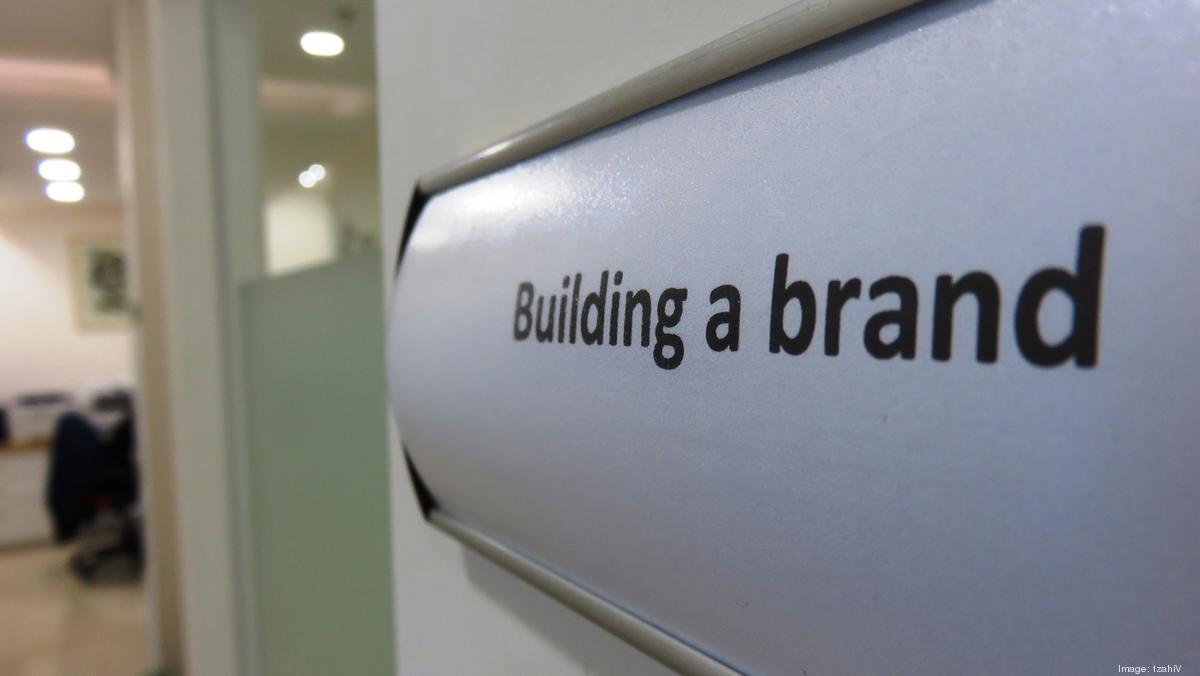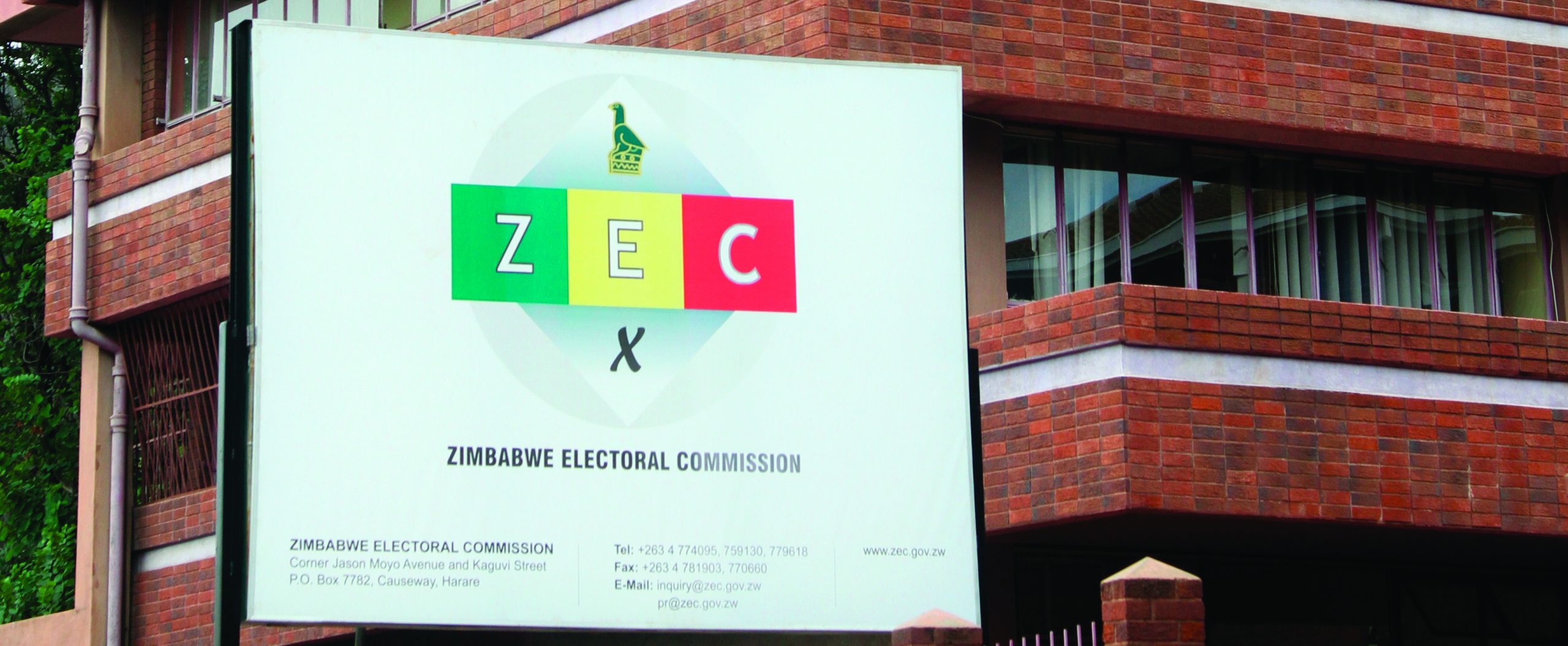
BY FARAI CHIGORA
In this age we move away from the traditional views that an employee is a liability. As tried and tested by the now globally renowned big businesses, human resource is a critical asset in the lasting visibility of thriving SMEs. The concept of brand management should be people sensitive as discussed in the previous editions. And this time around our focus is on the employees representing our home-grown SMEs (employee branding). As informed in various theories and existing literature, marketing mixes, particularly for those in the business of providing services have been re-engineered to consider people as a critical transformative cog for a complete and effective service delivery circuit. This also applies to all types of businesses even those in the manufacturing of physical products by turning effective human resource management into branding. It is high time we appreciated that these two schools of thought complement each other.
When that investment is made by our entrepreneurs it will give birth to a sustained recognition, positioning and attractiveness of their growing businesses. This should then be escalated to what I call human resources capital in the branding of our SMEs. Or as mentioned earlier, branding through employees. The goodwill that comes from employee branding goes beyond what the books of accounts can show (emotional branding capital). Our businesses exist in societies where people not only talk, but refer each other to those brands that have touched their souls through being employee-centred; those that have proven to have people at heart. It starts with you. How close are you to the needs, welfare, expectations, working conditions and rewarding of your employees? Some may look at it as simply worker motivation but it goes beyond that, especially in this age or entrepreneurship through real practice. I am reminded of our inaugural PEOPLE model. I have seen many SMEs being taken to courts/lawsuits when they short-change their employees in some aspect and sometimes for mere disrespect, something that can be avoided by being considerate. This should not define us, especially at this hour where we have crafted and achieved brand success from simple recognition to global partnerships. There is need to go back to the drawing board on this matter. Our brand(s) lead the organisation’s vision. Then we should be reminded that an organisation is a group of people. And people can make/break the brand success story. Collectively (the employer and employees) we then develop an organisational culture that lives and reflects brand excellence to the communities we serve locally and internationally. I call this collective brand selling. To start with, employee branding is when we engage our employees and motivate them to be part of our enterprise vision, mission and values. This helps them to share and transfer the same to our markets (mainly our key and prospective customers). The employees are closer to the customers as they deal with them directly on a day to day basis. Best things in life are free, a smile from your employee to the customer is worth a million dollar investment for your enterprise. Even among themselves employees will collaborate for the best achievement of your business as they talk good and share excellence about your concern for them (internal brand experience). They will live for the best achievement of the vision and mission of the business. They will not work as silos with antagonistic emotions that will escalate to the downfall of your organisational brand. Even the new employees who join the organisation are reminded by those with the institutional memory that you are an employer of choice (brand succession planning through human capital branding). Let’s take time to reflect and do self-introspection on this. Where are you as a growing SME? I know there is a big cavity in our operations. This also extends to creating an external positive perception of the organisation by its targeted markets which at the same time escalates its positive brand reputation (positive brand publicity). We have seen this in one of local telecommunication companies in the country which became the best employer of our lifetime as it is known for better rewarding, working conditions and providing good welfare to its employees (including shelter and continuous education assistance). No wonder why it is rated as one progressive enterprise since its inception. The employees will always want to go an extra mile by wearing the corporate colours, branded regalia and any other marketing toolkit availed to them (furthering brand promotion). So as their families and friends they are happy about your brand and they join the positive brand publicity bandwagon.
As once revealed by Edelman Trust Barometer that “The employee voice is 3x more credible than the CEO’s when it comes to talking about working conditions in that company”. This then leads us to another perspective of brand equity through effective employee branding which I refer to as talent management. Of course some organisations have developed incubation hubs for this achievement but this is simple and automatic through employee branding. This is so in the sense that when the SME is recognised to be employee centred it will attract a large pool of highly qualified employees out there in the world. Those who will come with other innovative changes to lead the organisation into further success and limelight with high qualifications and expertise. Therefore, in order to achieve an effective employee branding, it also starts from your recruitment processes and procedures. The new employee is cultured into the SME branding culture through opening trainings (those that clearly communicate the brand strategy and gives room for the new employee to share new insight for improvement). There is also need to create a consistent brand communication with the employees through the human resources function and by being innovative in coming up with various technologies that enhance a widespread communication to all employees. Emphasising on the need for employee brand advocacy and ambassador through making available the right branding toolkits to all the employees and not the marketing department only. This goes back to the aforementioned collective brand visioning. Yet many of our SMEs view investing in marketing toolkits as a waste of investment (in fact that is where real business starts). There is also need to trust the employees in using social media at workplace as they share brand issues by themselves and other externals. This gives them a sense of ownership and a drive to go beyond instructions by being innovative in their brand marketing. Also there is need to take time to get views and feedback of the employees about what they see and feel should be done to improve the brand publicity especially in organisational meetings, workshops and conferences. That shows the value given to the employee as a contributor to the overall brand strategy of the organisation. It is high time we should then retool and focus on human resource capital in order to brand through a supported vision by all members of the organisation.
I will leave you with the words from Reid Hoffman & Ben Casnocha: “employees who are thought leaders outside the company improve the company brand and the employee’s own personal brand”. It is through the employees’ personal brand that the brand of the SME as a whole will be uplifted.
- Dr Farai Chigora is a businessman and academic. He is the Head of Business Science at the Africa University’s College of Business, Peace, Leadership and Governance. His Doctoral Research focused on Business Administration (Destination Marketing and Branding Major, Ukzn, SA). He is into agribusiness and consults for many companies in Zimbabwe and Africa. He writes in his personal capacity and can be contacted for feedback and business at [email protected], WhatsApp mobile: +263772886871.










